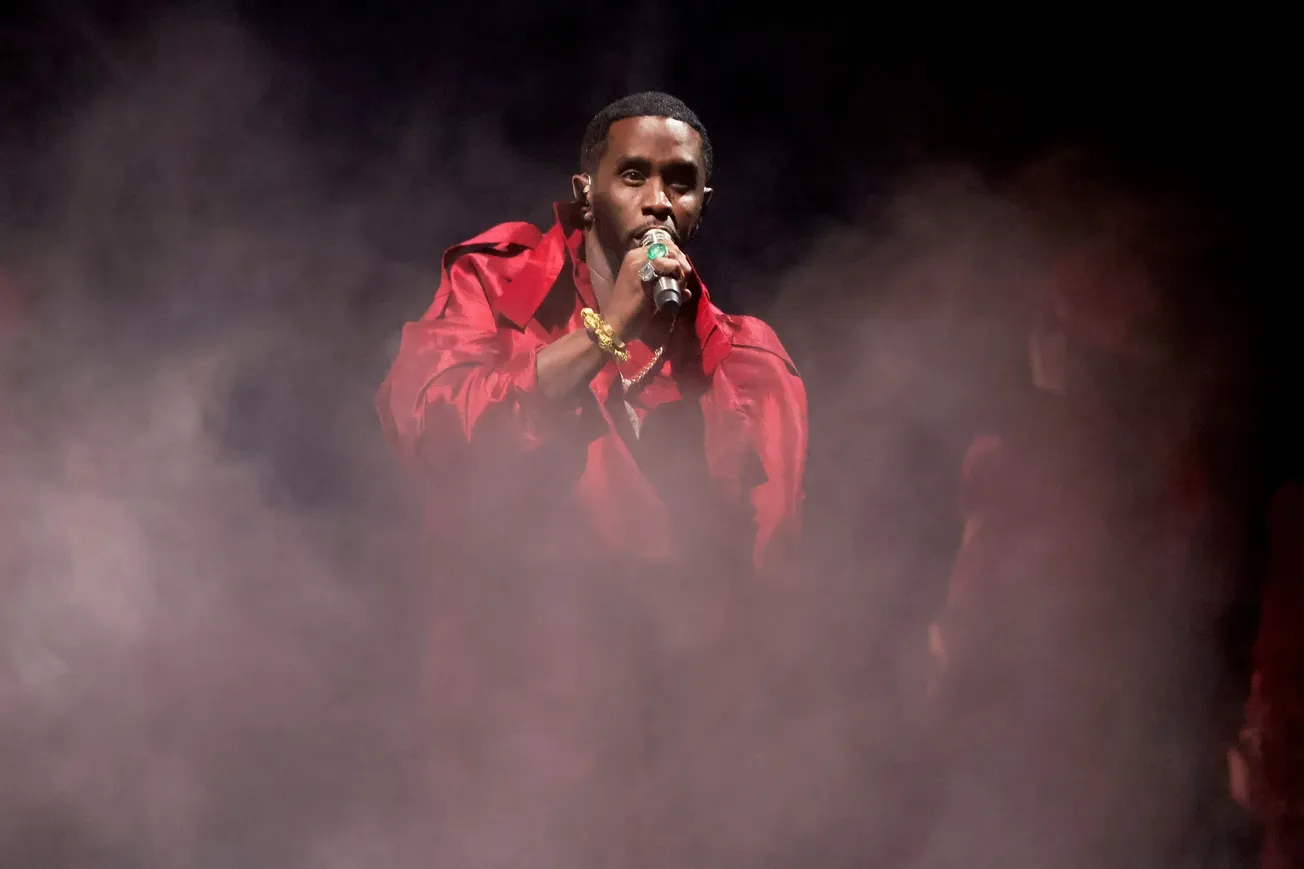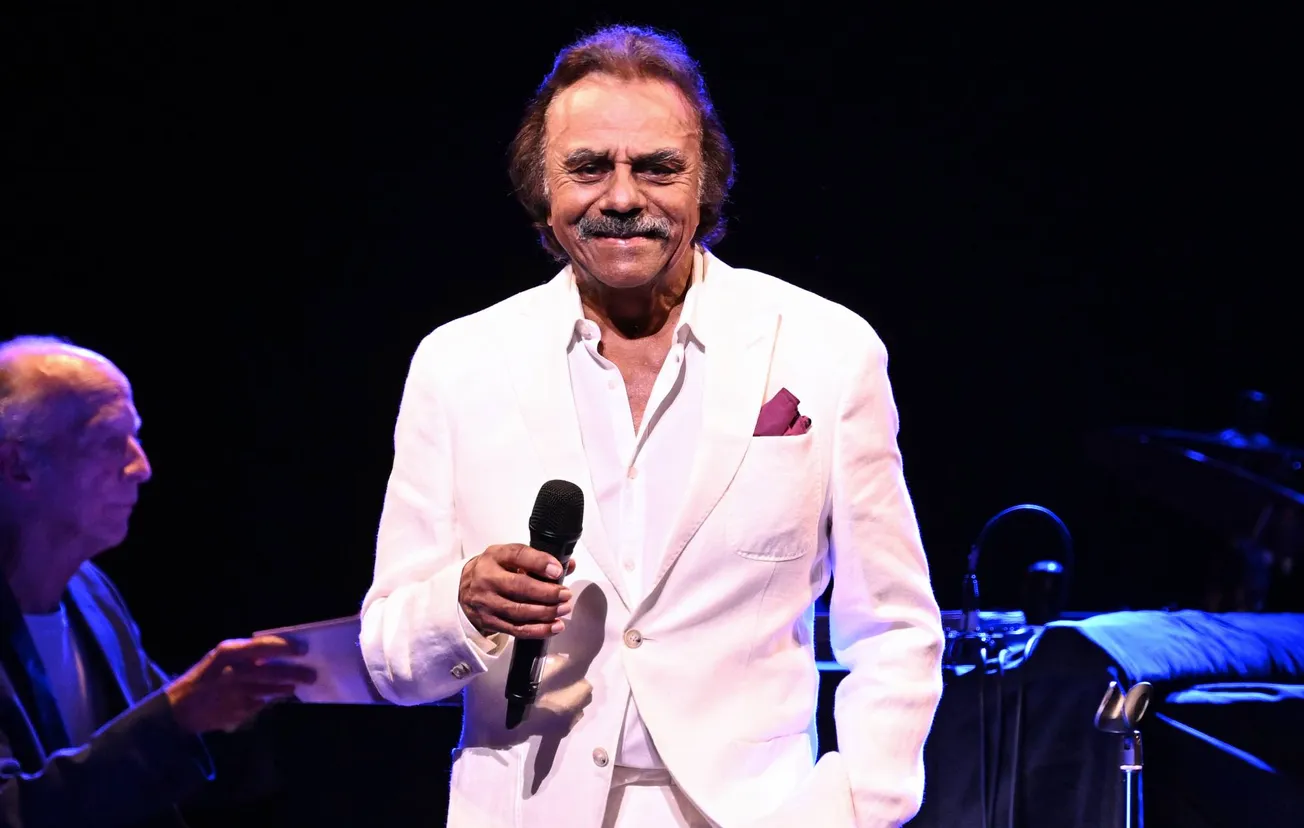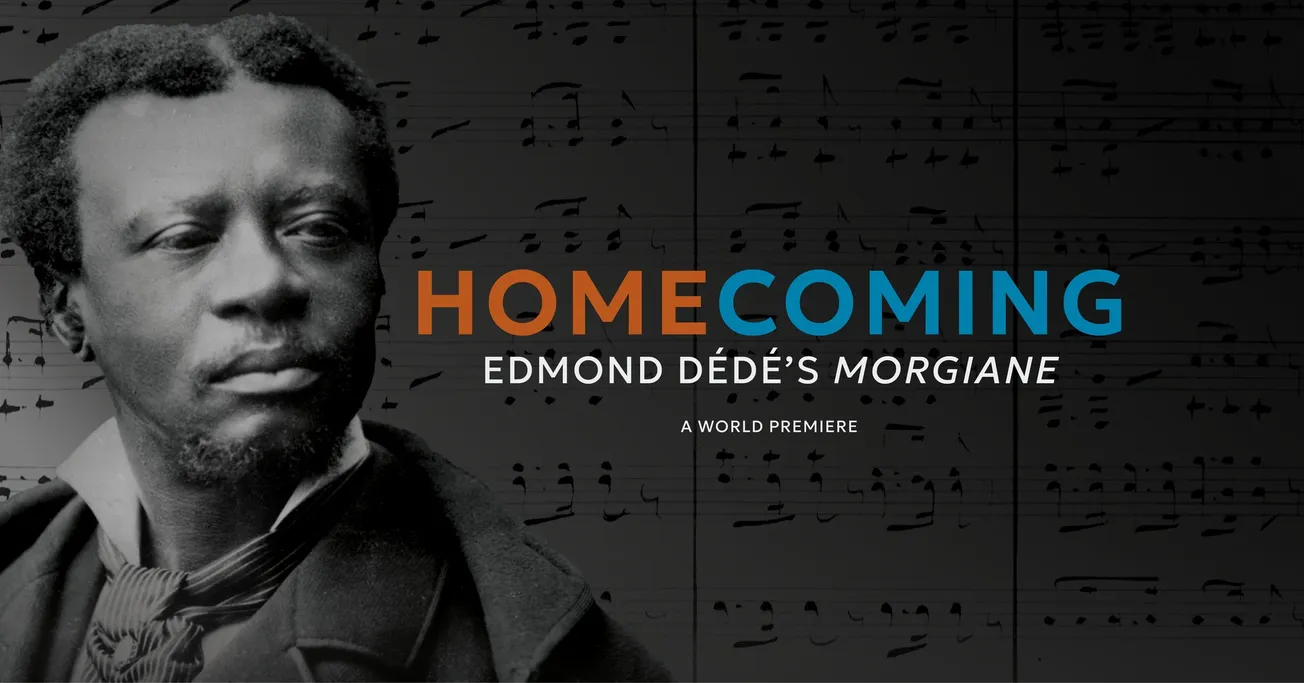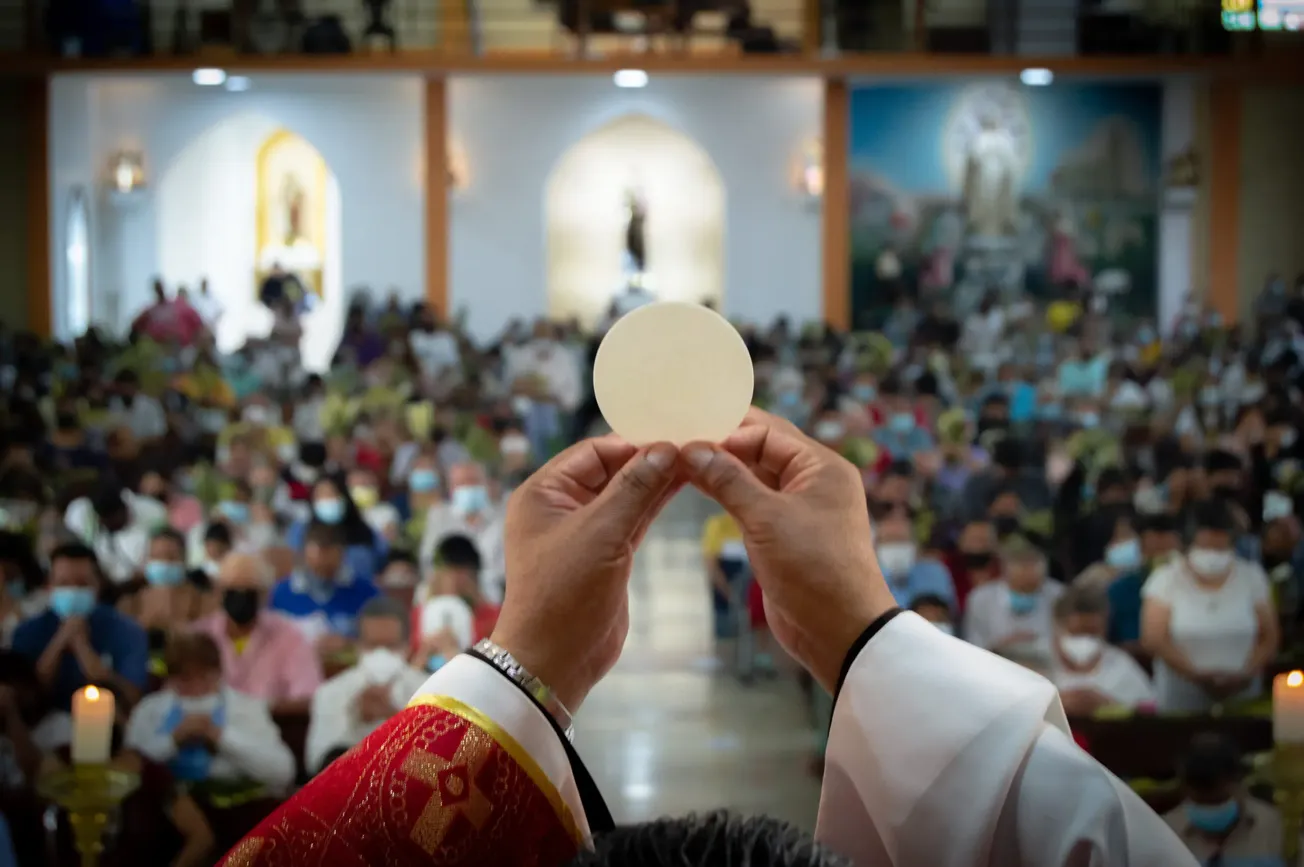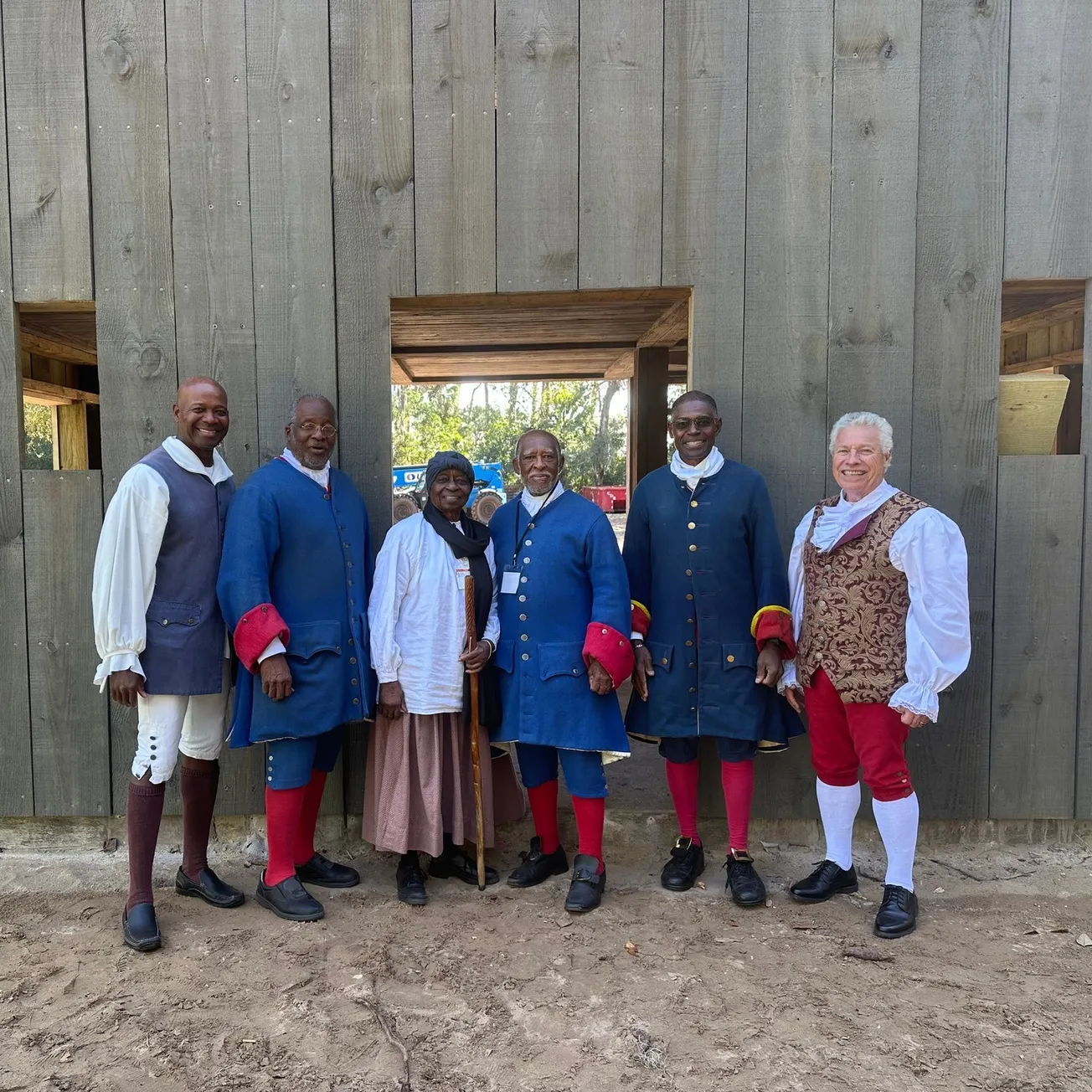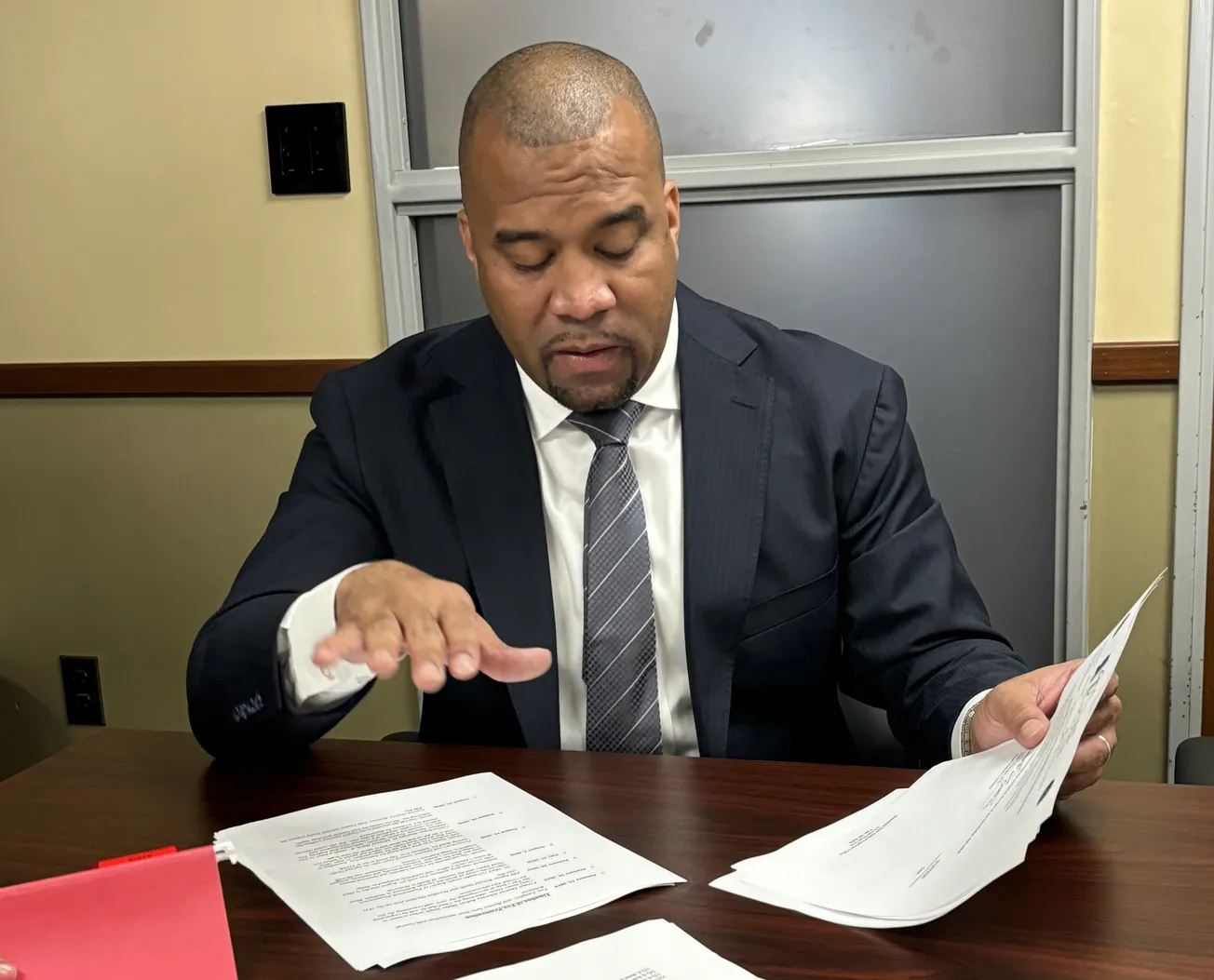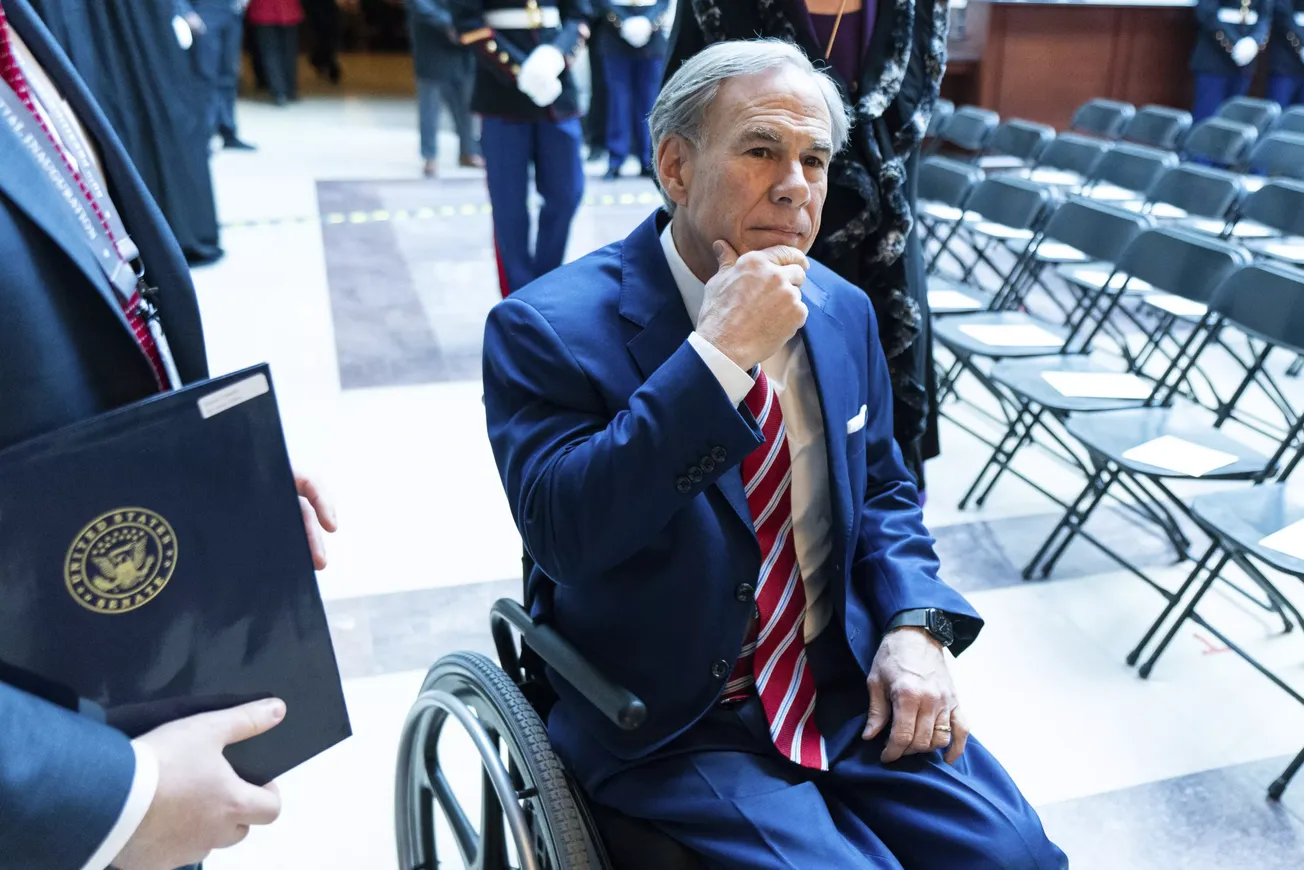What if I told you that rap music was not created, as is popularly told, in the gritty cauldron of the Northeast, but rather by a trio of Black radical poets—including two Black Catholics—in Southern California?
I recently sat down with Fr Anthony “Amde” Hamilton, 82, of The Watts Prophets, to discuss their claims to the rap foundation, his journey from the Catholic Church to the priesthood in the Ethiopian Orthodox Church, and his new album/book combo touching on it all.
(This interview has been slightly condensed, and edited for clarity.)
Nate Tinner-Williams: Could you tell me a little bit about yourself? Family background, where you grew up, that sort of thing.
Fr Anthony “Amde” Hamilton: I'm a Creole from Louisiana. That's where my people are from. They came down through Texas, and into California in the early 1940s. I was born in Houston and came to Los Angeles when I was six years old. I moved to Watts when I was about eight or nine. And that's where I was raised.
I started writing in 1965, when the great writer Budd Schulberg, who was a very well-known scriptwriter. His father was over at the studios and stuff. He came to Watts shortly after the Watts Riots in 1965, and started a theater called the Watts Writers Workshop—which the FBI eventually burned to the ground.
NTW: Wow.
AH: The workshop was very, very popular. Bobby Kennedy, about an hour or two before he was murdered, was at our workshop. He had told Schulberg that he was so impressed with the intellect of the writers that he had met there. There was an awareness that if he became president, he was going to put these workshops all over the world. There’s a film about it.
Coming out of that Watts Writers Workshop, I formed a group called The Watts Prophets. And from that group came the first rap album ever on earth under, called “Rapping Black in a White World”. That’s what named and coined rap as an art form. Before that, it was just a colloquial word amongst African Americans that I'd been hearing ever since I was seven, eight years old. It was a word that means you could really talk.
So when I started writing my poetry, I started to call what we were doing “rap”, and that's what we were doing—“rapping”. But we were poets; we knew that. We had this art form that we were creating, which is using the ever-evolving language of Ebonics. And that's sort of how we went about it.
And if you want to know more about the spiritual journey, I became an Ethiopian Orthodox priest. I’ve studied many things in the world. And that's how I got to where I am today.
NTW: Now I heard that you were raised Catholic. Is that correct?
AH: In my early years, I was a Catholic. I was bred to be a Catholic priest.
NTW: Oh?
AH: My grandmother was a very holy woman. She was in the Ladies Auxiliary—I think her grandma was one who helped bring that to Los Angeles. They have “courts” and they’re all named after saints. The only one that's not named after a saint is my grandma's.
NTW: Ah yes, the Knights of Peter Claver.
AH: Yes, my grandfather was a Knight. He was buried in all of the regalia.
But I rebelled against the Catholic Church.
NTW: Many do.
AH: I never saw myself anywhere in the Catholic literature. I went to Catholic schools, my first schools. I lived right nextdoor to a Catholic Church. My grandmother would buy homes next to the Catholic church. That was a Creole tradition to get near the church as best you could. And grandma would try to get nextdoor.
She was the kind of lady that was at 6am Mass every morning when they had that going. If you were at her house any day of the week, any day of the year, at 6pm, you either knelt down and said the Rosary with her, or you got out—you had to leave, until she finished her Rosary.
NTW: Oh my.
AH: So that's the kind of grandmother I had. That’s the kind of Catholic family I came from. But I was a different kind of child. I didn't like the Catholic Church. As a kid, I had some things against it. A nun slapped me. Sister Stanislaus at Holy Cross. I never will forget that. I was—you know, I didn't see her benevolence anymore.
NTW: Yeah.
AH: And then those big old statues. I was always afraid of them, overlooking me as a little boy. And I was in church all the time. Grandma took me with her most mornings.
NTW: Do you remember what church it was you grew up in?
AH: Holy Cross and St. Odilia’s in Los Angeles. It was very early on. 47th and Broadway. And I was baptized in Houston, Texas.
But my grandmother was grooming me [for a vocation]. At that time, there were very few African-American priests. So, my grandmother—it was a very revolutionary act at that time—she began to try to make me be a Catholic priest.
NTW: How did that go over?
AH: She was successful! But it wasn’t a Catholic priest; I ended up Orthodox. But I became a priest like she wanted.
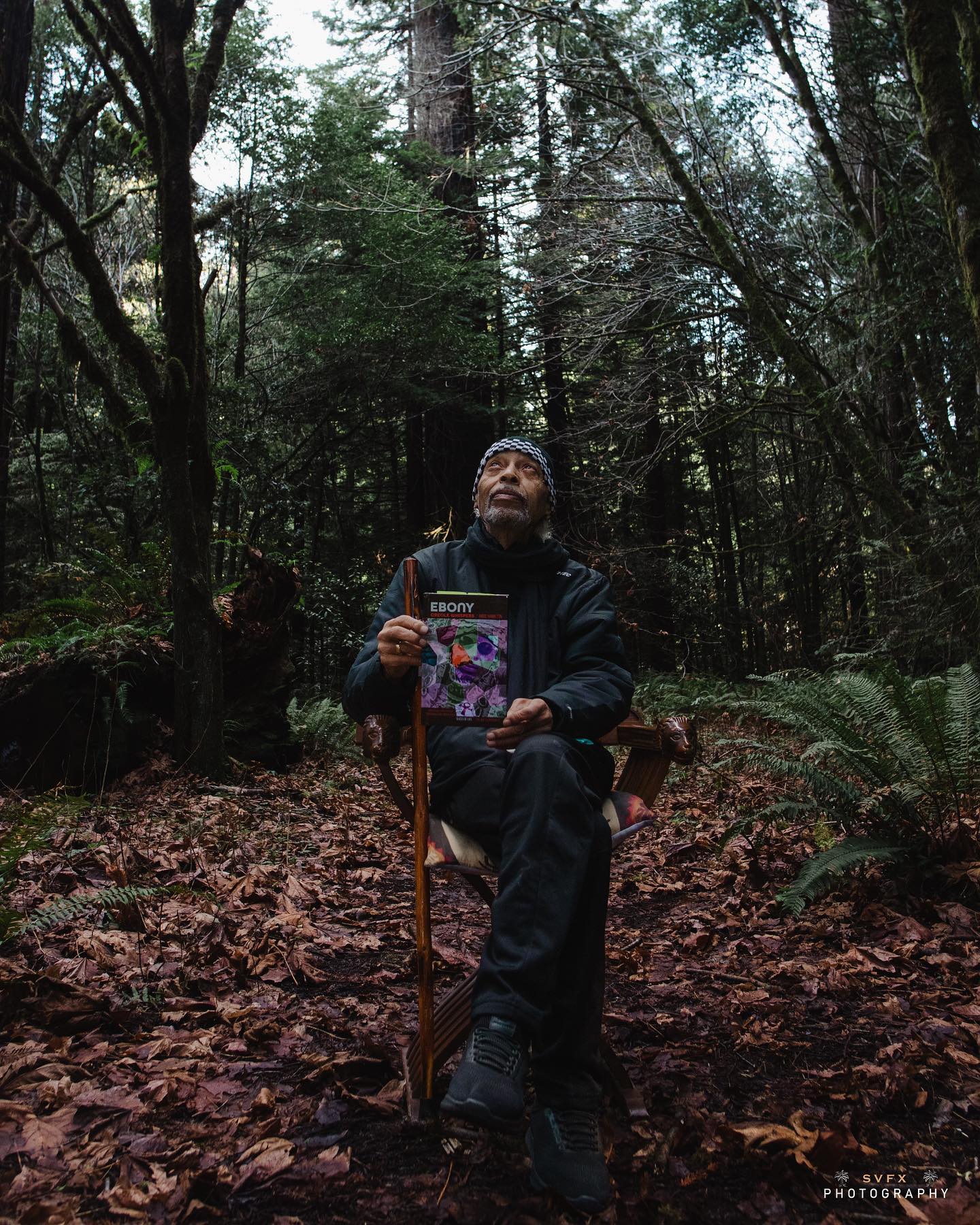
NTW: So what was that path? How did you come to the Ethiopian Tewahedo Church?
AH: Well, I had read about it when I was in the insane asylum. In a book called “Home to Harlem”. And it talks about the ancient Ethiopian Orthodox Church. I never forgot that.
In the early 70s, I brought the first Rastafarian into the western part of the United States. They were all in Jamaica, and there were a few in New York. But this one came to Los Angeles. He came, we met, and I introduced him to the community. And pretty soon, he invited me to Jamaica and pretty soon, I was a Rastafarian.
And from there, while I was studying in Jamaica with the Rastas, I learned that they had great reverence for the Church. Yes. And one of them suggested that I visit [an Orthodox] church, and I did, when I left there. Then I met Abba Mandefro. He ended up as Archbishop Yesehaq, but he was a mentor for me at that time when he was an archimandrite.
NTW: What city was this?
AH: New York. That was where the first church was, in the Bronx, It hadn’t moved. Abuna Theophilos, the patriarch of the church, had brought it in 1959 and it didn’t move out of the state until I came along, in 1972 or 1973.
NTW: This was after you were ordained?
AH: No, I wasn't ordained yet or anything. The priests loved me. There was a bishop there, Abuna Athanasios. They knew that I was a Catholic, that I knew the basics of Orthodoxy—which Catholics have part of, because that's where they came from, too. The seven sacraments, we have all that. It's all the same, despite all those foolish arguments they had amongst clergy for political reasons, back at the Nicene councils and things like that.
But that's how I became Orthodox. And from there, I began to organize, because I had been working with the gangs anyway. The founders of the Ethiopian Church in Los Angeles were gangbanging.
NTW: Wow. And this was the first Ethiopian church there?
AH: That’s right. It was made up of gangbangers.
NTW: What was the name of that church?
AH: St Tekle Haymanot Ethiopian Orthodox Church.
NTW: Saint…
AH: Tekle Haymanot. A great Ethiopian saint. Who could fly.
NTW: Oh wow.
AH: He fell from a rope, climbing up to the monastery, and then people began to see him flying over Ethiopia. He had six wings, I believe.
NTW: I'll have to look him up. That's incredible. I didn't know you guys have flying saints, too.
AH: You know, the early Fathers were mostly African. They were in the Egyptian desert.
NTW: Yes.
AH: Everybody seems to forget all that. And they tell you just a few early Fathers were Black. Most of them were.
NTW: Yes, the African history of the Church is not often talked about.
AH: You have to really study the old churches. Why do you think you find a Black Madonna in every one of them? Why, when the Catholic pope got hurt, did he send for the Polish [Black] Madonna to be put in? Why do you find a Black Madonna on every continent? France, Spain, everywhere.
NTW: It's fascinating to think about.
AH: Then Michelangelo came and made all that stuff he made, and created his people as the image of God.
NTW: And then everyone forgot…
So, I'm wondering, concerning this parish, St. Tekle Haymanot. What became of that? What is it now?
AH: It’s several churches, all across the United States now. From that came St. Mary's in Los Angeles and then there's five or six others now in the area. The Armenian Church helped us in Fresno and San Francisco, and our sister churches—the Armenians, the Coptics, the Assyrians, the Russian Orthodox, the Greek Orthodox—all those gave us a hand. So that's how we began to grow, and now it's all over. All across America.
But in Los Angeles, the Ethiopians wanted to be by themselves. They didn't want to mix with African Americans really.
NTW: Oh.
AH: But [St Mary’s] was basically our parish.
NTW: So what is the African-American population in the Ethiopian Church of Los Angeles now?
AH: I have no idea now. Not very many. Maybe Jamaicans. And a few African Americans are probably coming that way. The Ethiopian church can't live without American participation. They are growing. but they need African-American participation to flourish.
NTW: So I guess this was something you saw close up as a priest.
AH: Yes, I did. I had to. I was there at the beginning.
NTW: When were you ordained?
AH: 1979.
NTW: This was in Los Angeles?
AH: No. In a little bamboo church in Jamaica.
NTW: So were you first exposed to the church in Jamaica or in New York?
AH: I had been exposed to the churches. Reading, getting to know things about Egypt and the Coptics and stuff. But I became a student of Abuna Yesehaq and I worked with him very closely. He was my first mentor.
NTW: So what was your involvement with the Watts Prophets during this religious journey?
AH: I've always been a Watts Prophet. I'm a poet. I was born that. I, you know, maybe cut back on my activities, but I always did my poetry.
NTW: What did the other members of the group think about your religious journey?
AH: One was another Creole. He was Catholic, and he came over to Orthodoxy with me. Richard Dedeaux. He’s since passed away.
NTW: And so are you the last member of the group that's still around?
AH: Two of us. [Otis O’Solomon] and myself. I’m still quite active.
NTW: Do people know much about the history of you guys founding the rap genre?
AH: Yes, the world knows. But the FBI and stuff destroyed our career.
NTW: Why?
AH: Just go to wattsprophets.org. It’s on there. How the FBI came, how they burned our works. It’s all there. But the world knows. There will probably be a big hoopla when we die.
NTW: Do you talk about this history in your new book as well?
AH: Yes, I talk about my spiritual history. Not the chronological history. The spiritual history... The spirit of New Orleans, of Louisiana, Creoles, and how they bred people like me.
You see, Creoles were raped, many of them, into existence.
NTW: Yes.
AH: And our grandmothers never forgot that. And they passed it to certain grandchildren. Creoles actually started rebelling right after the Civil War. They were the first ones to ask for the vote—and to demand it.
Then they came on to New Orleans where the spirit landed. The spirit of creativity and music. That's where the heart of music came from: New Orleans. I don't care what music it is in America. It's got its roots there.
NTW: Including rap.
AH: My grandmother and them danced in Congo Square. They were those kinds of people. They were from Lafayette, Breaux Bridge, Crowley, that area of Louisiana. They had Creole plantations. On these plantations, they usually cultivated the arts. They had allowed us to sing, dance, play instruments, etc. They weren't that many, but they were Creole plantations. And they cultivated the arts.
That's why you have a person today like Beyonce—a Creole. Prince—a Creole. We could go on and on when you talk about artists, and the Creole contributions to this world. That's what I'm talking about, that spiritual connection.
One of the episodes I talk about in the book is when Watts Prophets was invited to the Essence Festival. And so we performed there and suddenly, we got a brochure from St. Augustine Catholic Church, which is one of the oldest Catholic churches in New Orleans and probably in Louisiana. It had been built by slaves, and by free Blacks and Creoles.
And so we were surprised that we were suddenly invited to this. We didn't know anything about it. We were very shocked that the priests allowed us to do our poetry on the altar. After we finished, and I stepped off the altar, an elderly lady walked up to me and said “How are you doing, cousin?” and I said “Oh?”
She said, “Yes, I'm your cousin. They told me you was coming. We've been members of this church and your family has been members of this church since it was built.” My cousin Lou, was her name.
So that was one of my spiritual experiences, with this Louisiana connection of Creoles and the breeding of militant poets.
NTW: Militant poets.
AH: That's actually what they were doing. They said that in their schools. Most of them published in France, but the rest of them were all in a tradition amongst Louisiana Creoles. So they actually bred us. And I now can look back over my 82 years and see the cause and effect of what my grandmother and grandfather were doing. It's very clear now, the spiritual journey they put me on. So this book talks a bit about that. Not a lot, but a bit, about my spiritual journey.
It has nothing to do with degrees and this and that. It’s about how I became a poet and where these voices came from. And at first, I was kind of egotistical and thought it was me. But the book is called “Ebony Creole Whispers”. I finally woke up to the fact that somebody's been whispering in my ear.
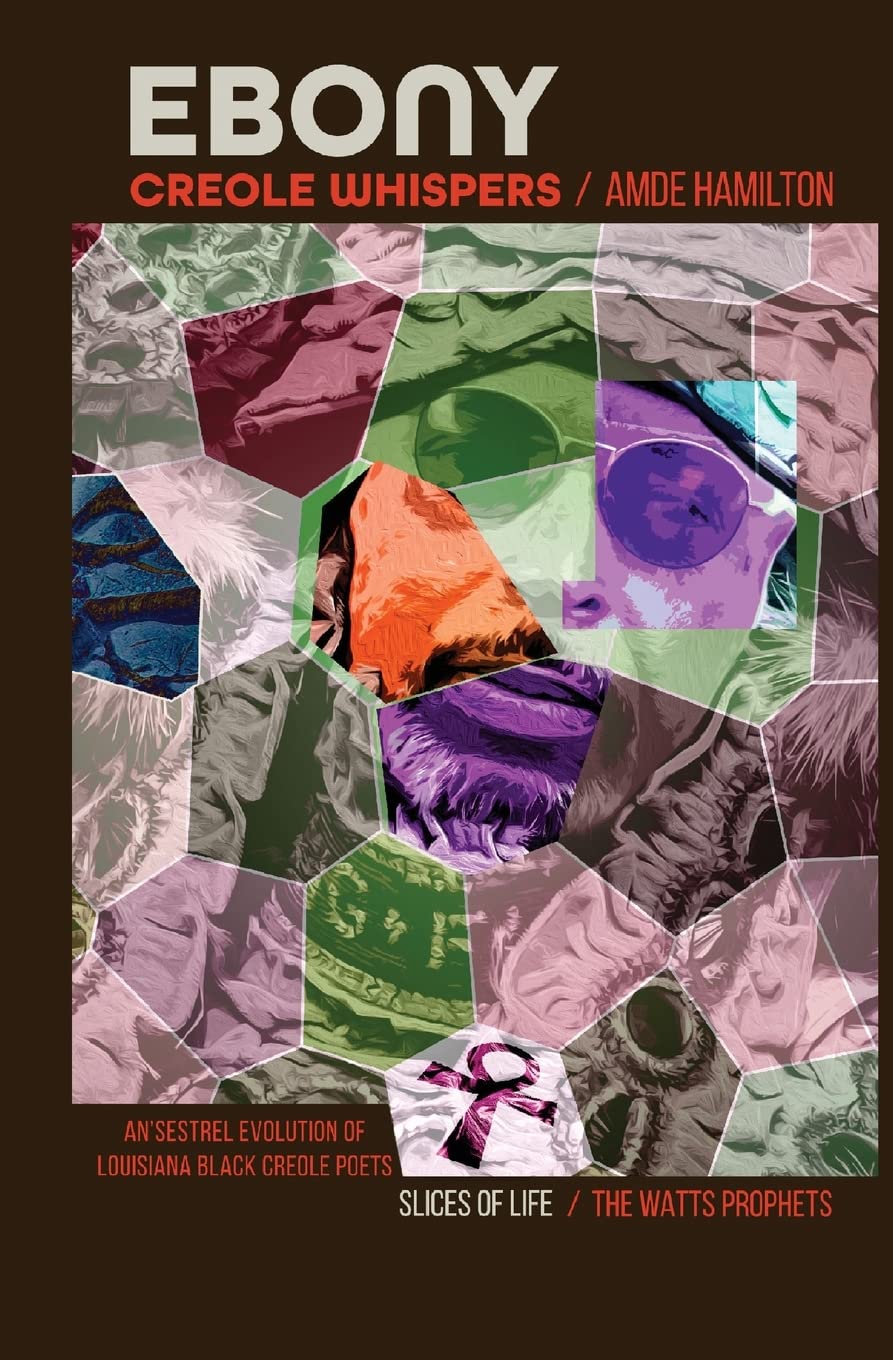
NTW: So what does your work look like now? How are you still maintaining your poetic output?
AH: The Watts Prophets have always been in the now. My latest poem is called “Google Told Me a Lie”.
My poetry is today. Now. This moment. I’m not back in the 60s. I’m at 82 now. In reality.
NTW: How are you getting your work out there now? Are you performing? Are you putting it on your website?
AH: Well I just released the new book. I’ve got a new album coming out. I'm continued to be who I am: an artist. They don't retire—not the real ones. See, I never was a person like the artists of today, the “spoken word” artists. We weren't like that. They're performing for applause. We were performing for a cause. That's a big difference. We knew what we were doing.
My generation, the Huey Newton generation ( the founder of the Black Panthers). The name of his book was “Revolutionary Suicide”. We knew what we were doing in the 60s. Do you think that Black Panthers thought they could beat the United States Army? We weren't idiots. But we knew we had to make a point.
And most of us were from Louisiana. Huey Newton was from Louisiana. Geronimo Pratt: Louisiana. They bred that, in a sense.
NTW: And these are Creoles?
AH: That’s right.
NTW: That's incredible.
And what is the artist name that you release things under now?
AH: Watts Prophets. Amde.
NTW: Where does that name come from?
AH: Amde is my baptismal name in the Ethiopian Orthodox Church. When I was ordained a priest, I was ordained under my baptismal name: Amde Tsion, “Pillar of Zion”. But African Americans couldn't say “Amde Tsion”. They were messing it up. So I said, “Just call me Amde.”
NTW: So does that mean you were re-baptized, or you just took a new name?
AH: I shouldn't have been re-baptized but I was. And that time they hadn’t made a decision on how they were going to do that. You know, they [eventually] had to recognize the Catholic baptism.
NTW: Yeah, I know that things have changed now, but it was different back then?
AH: Yeah. It was questionable then.
NTW: So Father, where can people go on the internet to find your work?
AH: It's on Amazon, and our website is wattsprophets.org.
NTW: Wonderful. Well, that's all the questions I have for you. I appreciate you sharing all of that. It's amazing information for the people. My generation, especially.
AH: That's good. They need to know our history.
Fr Amde’s new book, “Ebony Creole Whispers: Slices of Life - An'sestrel Evolution of Louisiana Black Creole Poets” is out now on Amazon and Etsy, and his new album of the same name can be found on streaming platforms worldwide.
Nate Tinner-Williams is co-founder and editor of Black Catholic Messenger, a seminarian with the Josephites, and a ThM student with the Institute for Black Catholic Studies at Xavier University of Louisiana (XULA).



